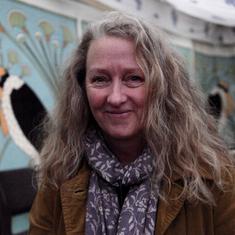Ministry-appointed panel suggests three-tier model to overhaul minority education
This includes Kendriya Vidyalaya-styled central schools, community colleges and national institutes.
A Centre-appointed panel has suggested setting up more than 200 new schools and 25 colleges as part of steps to overhaul the education system for minorities, Hindustan Times reported on Friday.
In a report submitted to the Ministry of Minority Affairs on Thursday, the panel recommended a three-tier model for the education of minorities – Kendriya Vidyalaya-styled central schools, community colleges and national institutes, reported The Indian Express.
“…The committee arrived at a consensus for a three-tier pyramid structure having central schools at the bottom of the pyramid, community colleges at the middle level and national institutes at the top with masteral, doctoral, and post-doctoral-level programmes and research infrastructure at par with international standards,” the report stated. “The committee feels that these institutes will serve as role models for other initiatives that may come from the private and non-governmental sector.”
The report also talks about the educational backwardness of Muslims, lower rates of literacy among Muslims, the difference in enrolment rates of Muslims and other communities and disparities in higher education.
The 11-member panel, which submitted its suggestions to Minister of State for Minority Affairs Mukhtar Abbas Naqvi, was headed by former Parliamentary Affairs Secretary Afzal Amanullah. It has recommended establishing 211 co-ed central schools with only day scholars, following the CBSE curriculum from Class 1 to 12, with three streams.
The panel has also suggested opening 25 community colleges across the country and five national institutes in fields such as science and technology, health sciences and architecture for research and specialised education.
‘Poor literacy rate among Muslims’
In the 2011 census, the literacy rate among Muslims stood at 68.53%, the lowest among all minority communities. It was even lower than the national average of 72.98%.
Amanullah said the government was keen on improving the abysmally low literacy rate among Muslim women. “We have not said only minority students will be allowed to study in these institutes,” he said. “We want these institutes to come up in minority-dominated areas so that the local boys and girls have an advantage.”
He further said that the panel has not just focused on Muslims, but also looked at the needs of other minority communities. “We have focused on imparting secular education. But if anyone wants to pursue theological studies, we have said that students can go to madrasas before the school hours.”









